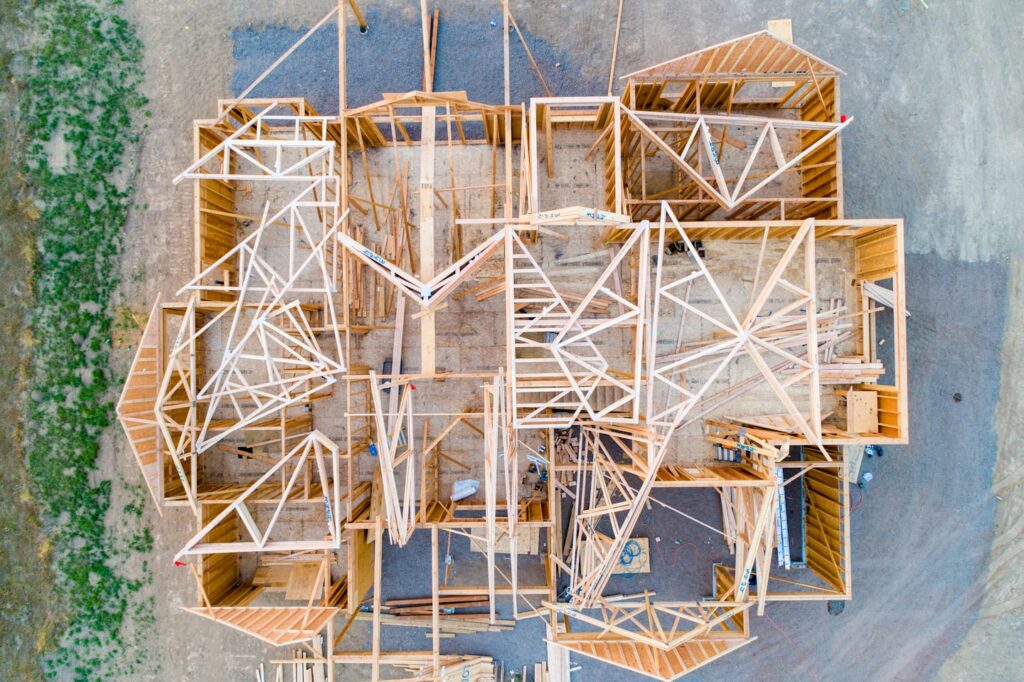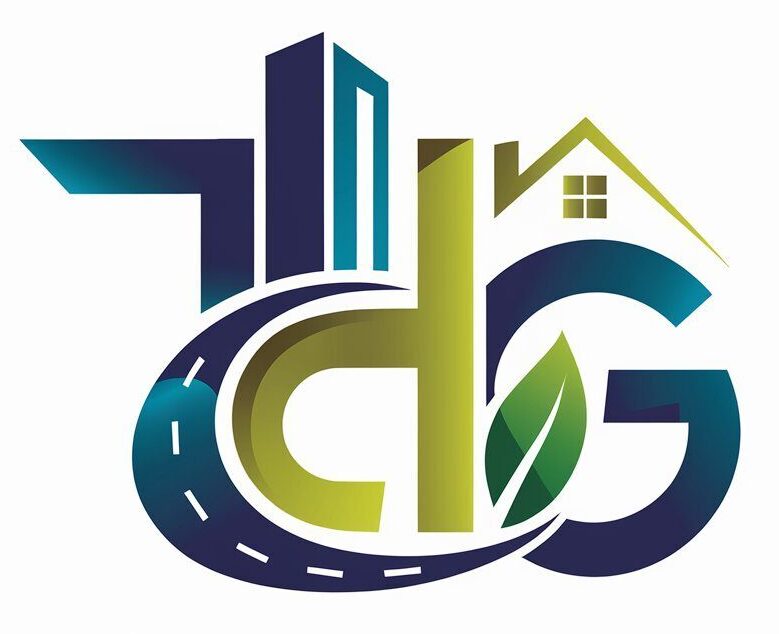Best Custom Home Materials
Best Materials for Custom Home Building
When building a custom home, one of the most important decisions you’ll make is selecting the materials that will be used for the construction. The materials you choose will impact not only the look and feel of your home but also its durability, maintenance requirements, and energy efficiency. In today’s market, there’s a wide variety of materials available, ranging from eco-friendly options to those that are durable and cost-effective. Finding the right balance for your budget and design preferences is key. Below, we’ll explore some of the best materials for custom home building, focusing on eco-friendly, durable, and cost-effective options.

Eco-Friendly Materials for Custom Homes
Sustainability is becoming a bigger priority for many homeowners as they look to reduce their environmental impact. Thankfully, there are a number of eco-friendly materials that can help you build a custom home that’s both stylish and environmentally responsible.

Bamboo
Bamboo is one of the most eco-friendly materials available, often used for flooring, cabinetry, and even furniture. Unlike traditional hardwoods, bamboo grows quickly and requires minimal resources to cultivate. It’s incredibly durable and offers a modern aesthetic with its sleek, light color. Bamboo flooring, in particular, is a popular choice for homeowners looking for a sustainable, cost-effective option. It’s not only renewable but also resistant to moisture, making it ideal for kitchens and bathrooms.

Recycled Steel
Steel is a highly durable and recyclable material, making it a good choice for those interested in sustainable construction. Recycled steel can be used for framing, roofing, and other structural elements of a custom home. Not only is it an eco-friendly option, but it’s also resistant to pests like termites, which can damage wood framing. Additionally, steel has a long lifespan and requires little maintenance, which reduces the need for replacements over time.

Cork
Cork is a renewable material harvested from the bark of cork oak trees, making it another eco-friendly option for custom homes. It’s commonly used for flooring, wall coverings, and insulation. Cork is naturally resistant to moisture, mold, and mildew, and it has excellent thermal and acoustic insulation properties. This makes it not only environmentally friendly but also highly functional in terms of reducing energy consumption and improving the acoustics within your home.

Straw Bale
Straw bale construction is an environmentally conscious technique that uses bales of straw for walls and insulation. Straw bales are an excellent natural insulator, which helps maintain a comfortable temperature within the home, reducing the need for heating and cooling. Additionally, straw is a renewable resource, and straw bale homes have a smaller carbon footprint compared to those made from conventional materials. Straw bale construction is especially popular in energy-efficient and passive home designs.
Durable Materials for Custom Homes
Durability is a key consideration when choosing materials for your custom home. You want materials that will stand the test of time, requiring less maintenance and replacement in the long run. While eco-friendly materials are often durable, there are also other options that are specifically known for their strength and longevity.

Brick
Brick is a classic, durable material that’s been used for centuries. It’s resistant to fire, moisture, and pests, which makes it a great option for both exterior and interior walls. Bricks are low-maintenance and don’t require frequent repairs, making them an excellent investment over the life of your home. They also offer natural insulation, helping to maintain a consistent indoor temperature.

Concrete
Concrete is one of the most durable and long-lasting materials available for custom home building. It’s often used for foundations, floors, and walls, and it’s known for its strength and resistance to weather and wear. Concrete homes tend to have excellent energy efficiency, as the material helps to maintain a stable indoor temperature. Concrete can also be molded into a variety of shapes, making it a versatile option for custom designs. While it can be more expensive upfront, concrete’s durability and low maintenance requirements make it a good long-term investment.

Stone
Stone is another timeless material that’s known for its durability. It’s often used for exterior walls, foundations, and fireplaces. Natural stone, such as granite, limestone, or slate, is highly resistant to damage from weather, insects, and fire. It’s also a low-maintenance material that can last for decades or even centuries with minimal upkeep. While stone can be on the pricier side, it adds significant value to a home and can enhance both its appearance and functionality.

Engineered Wood
Engineered wood products, such as plywood and MDF (medium-density fiberboard), offer a durable alternative to solid wood. These materials are made by binding wood fibers together with adhesives, resulting in a product that’s more stable and resistant to warping or shrinking compared to traditional wood. Engineered wood is often used for flooring, cabinetry, and furniture, providing a cost-effective yet durable option for many parts of your custom home.
Cost-Effective Materials for Custom Homes
While some materials may come with a higher initial price tag, there are plenty of affordable options available that can still deliver great results. Cost-effective materials can help keep your overall budget in check without sacrificing quality or style, especially if you can do some of the work yourself.

Vinyl Siding
Vinyl siding is a popular, budget-friendly option for the exterior of custom homes. It’s low-maintenance, durable, and resistant to weathering. Vinyl siding doesn’t need to be painted, and it can stand up to harsh elements like rain, snow, and wind without showing signs of damage. It’s available in a wide range of colors and styles, offering versatility at a fraction of the cost of other materials like brick or stone.

Fiber Cement
Fiber cement is a composite material made from a mixture of wood fibers, cement, and sand. It’s durable, resistant to rot and pests, and relatively inexpensive compared to traditional wood siding. Fiber cement can be painted to achieve a variety of looks and is commonly used for both exterior and interior walls. It’s a great option for homeowners who want the look of wood but with a more cost-effective and low-maintenance material.

Laminate Flooring
Laminate flooring is a cost-effective alternative to hardwood or stone flooring. It mimics the look of natural materials but at a fraction of the cost, which is great for the resale value of your home. Laminate is durable, easy to maintain, and resistant to scratches and stains. It comes in a variety of styles and finishes, allowing you to achieve the look you want without overspending.

Recycled Materials
Using recycled materials is an excellent way to keep costs down while also supporting sustainability. Reclaimed wood, for example, can be sourced from old buildings, barns, or pallets and repurposed for use in your custom home. Recycled concrete, glass, and metal can also be used for various elements of construction. These materials not only help reduce the environmental impact but also provide a unique, rustic charm to your home.
